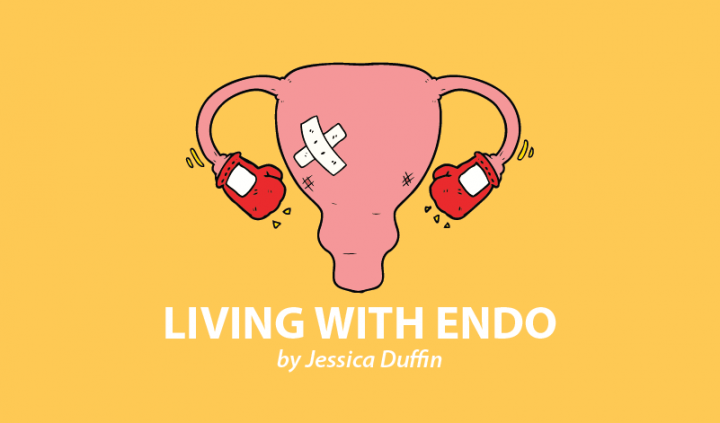Sometimes eating for endometriosis seems to involve a lot of cutting out food groups. The problem with this approach is that we get into a habit of swapping out foods for easy, “free-from-processed” options, rather than adding in nutrient-rich, whole foods.
When working with clients, I usually discover that many key nutrients need to be added in, and the lack of them is contributing to fatigue, hormonal issues, and pain.
So, today I’m sharing some of the small but really foundational changes you can make at home over an extended period. I would argue that these changes should be made first, before considering cutting out more foods or spending lots of money on supplements.
Eat the rainbow
In the U.K., the national recommended intake of fruit and vegetables is a minimum of five portions a day. However, research shows that the more fruit and veg, the better — especially for an anti-inflammatory diet. In fact, studies have shown that 10 portions reap the best health benefits.
I quite commonly see under two or three servings of fruit or veg in the food journals my clients fill out, and that’s where we start.
Colorful fruits and veggies are rich in inflammation-lowering antioxidants, and we know that inflammation is a big driver of pain with endometriosis. So, packing out our daily meals with 10 different servings of colorful fruit and veg is arguably the first stepping stone to living well with endo.
Having IBS issues when you eat fruits and veggies doesn’t mean you should live on a diet of white rice; try eating well-cooked veggies in easily digestible forms. I also highly recommend looking into SIBO and working with a practitioner to heal your gut so you can eat a bigger variety again.
Eat cruciferous veggies
Vegetables like broccoli, cauliflower, kale, and asparagus all help to reduce the chances of excess estrogen or estrogen dominance, which we know can further heighten endometriosis symptoms and lead to problems like heavy periods and PMS. They contain an incredible plant compound called indole-3-carbinol, which helps the body to healthily break down and eliminate used-up estrogen. I like clients to work up to two or three portions a day if they can and Dr. Jolene Brighten recommends a minimum of three cups a week.
Reduce sugar
I’m sorry, I had to. This article is much more about what to add in than what to take out, but sugar really does play a huge role in hormone health and pain levels. Sugar can creep in pretty easily: a seemingly healthy granola packed with sugar, a couple of glasses of juice, a few biscuits, a flavored yogurt. But those are all pretty avoidable sugar sources. It can be overwhelming working out where to start with reducing sugar, so I often recommend the simplest changes before we tackle that 3 p.m. cake addiction: swap out your sugary cereal for a blood sugar-balancing smoothie or low-sugar granola, or swap out your juice for homemade water infusions.
Eat whole foods
Now, I’m all for a bagel at the weekend, but to reap an anti-inflammatory diet’s benefits, it should be full of nutrients that help our body heal and feed it the fuel needed to thrive.
I work with my clients to create easy and nutritious meals that really nourish their bodies, such as colorful salads with a good amount of healthy fat and protein. Instead of always going for convenience foods, try to focus more of your meals on whole foods such as veggies, fruits, proteins, whole grains, healthy fats, nuts, and seeds. If you’re stuck for ideas, I recommend The Doctor’s Kitchen, Deliciously Ella, and Dr. Hyman blogs for some great inspiration.
Love on protein and fats
A key to ensuring healthy, happy hormones is to stabilize your blood sugar levels. When our blood sugar levels are constantly elevated and crashing as a result of sugar treats or refined foods, our hormones are in turn negatively affected, usually resulting in estrogen dominance and low progesterone — both can worsen our experience of endo symptoms.
An easy way to begin balancing your blood sugar levels while also feeding your hormones with the nutrients they need? Ensure that your meals contain healthy proteins and fats alongside fiber from lots of veggies.
***
Note: Endometriosis News is strictly a news and information website about the disease. It does not provide medical advice, diagnosis, or treatment. This content is not intended to be a substitute for professional medical advice, diagnosis, or treatment. Always seek the advice of your physician or other qualified health provider with any questions you may have regarding a medical condition. Never disregard professional medical advice or delay in seeking it because of something you have read on this website. The opinions expressed in this column are not those of Endometriosis News or its parent company, BioNews Services, and are intended to spark discussion about issues pertaining to endometriosis.

